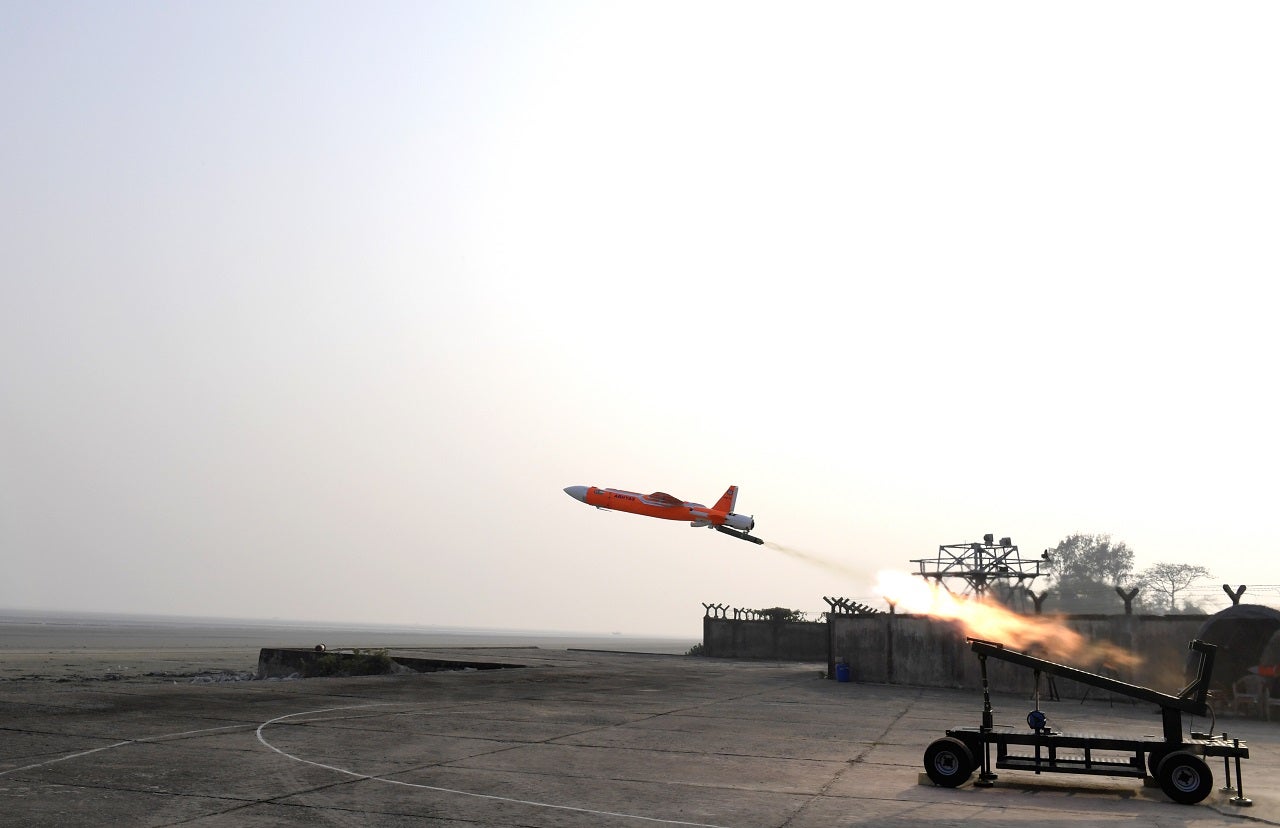
India’s Defence Research and Development Organisation (DRDO) has flight-tested the high-speed expendable aerial target (HEAT), Abhyas.
The indigenous unmanned aerial target system was launched from DRDO’s integrated test range (ITR) in Chandipur, Odisha, India, on 23 December.
DRDO’s Aeronautical Development Establishment (ADE), along with other DRDO laboratories, has developed the system in Bengaluru, India.
It is designed to meet the Indian armed forces’ need for aerial targets.
During testing, the system received the required acceleration from two boosters to take off in the initial stage following launch while a small turbo jet engine helped maintain high subsonic speed with long endurance.
Different range instruments that were deployed monitored the entire flight and the data captured confirmed the system’s performance.

US Tariffs are shifting - will you react or anticipate?
Don’t let policy changes catch you off guard. Stay proactive with real-time data and expert analysis.
By GlobalDataThe Indian Ministry of Defence (MoD) said that the trial showcased ‘high subsonic speed trajectory at a very low altitude with high endurance’.
The MoD also noted the successful flight test of the indigenous data link during the trial. It was designed by an unidentified industry partner based in Bengaluru.
Commenting on the test, Indian Defence Minister Rajnath Singh said it “is noteworthy testimony of synergy between scientists and industry”.
DRDO chairman and DD R&D secretary also congratulated the development efforts of the laboratory scientists, team members and related industry partners.
Abhyas is programmed for a fully autonomous flight. It uses a flight control computer for guidance, and can be controlled with a ground-based controller.
It also features an indigenously developed inertial navigation system based on micro-electromechanical systems.
In October, the aerial target system was tested as part of its developmental flight trials.



